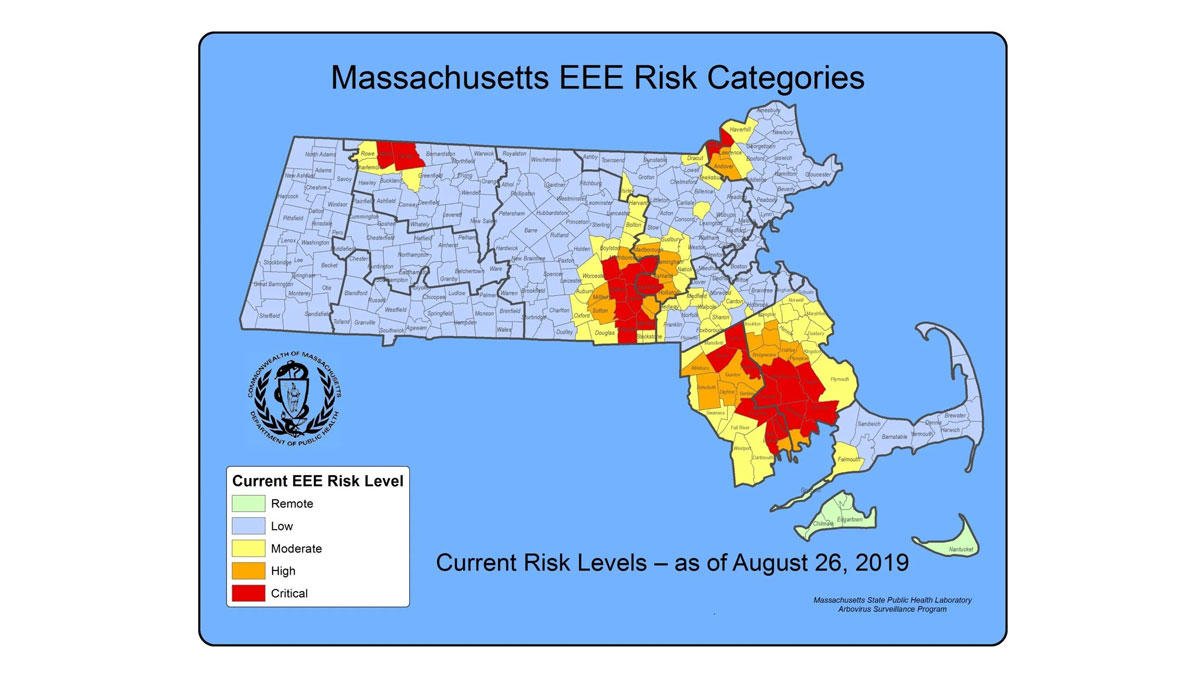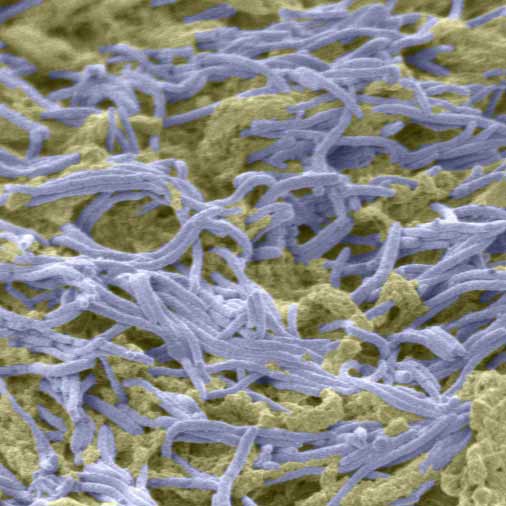The incubation period for Eastern equine encephalitis virus (EEEV) disease (the time from infected mosquito bite to onset of illness) ranges from 4 to 10 days. EEEV infection can result in one of two types of illness, systemic or encephalitic (involving swelling of the brain, referred to below as EEE). The type of illness will depend on the age of the person and other host factors. It is possible that some people who become infected with EEEV may be asymptomatic (will not develop any symptoms).
Systemic infection has an abrupt onset and is characterized by chills, fever, malaise, arthralgia, and myalgia. The illness lasts 1 to 2 weeks, and recovery is complete when there is no central nervous system involvement. In infants, the encephalitic form is characterized by abrupt onset; in older children and adults, encephalitis is manifested after a few days of systemic illness. Signs and symptoms in encephalitic patients are fever, headache, irritability, restlessness, drowsiness, anorexia, vomiting, diarrhea, cyanosis, convulsions, and coma.
Approximately a third of all people with EEE die from the disease. Death usually occurs 2 to 10 days after onset of symptoms but can occur much later. Of those who recover, many are left with disabling and progressive mental and physical sequelae, which can range from minimal brain dysfunction to severe intellectual impairment, personality disorders, seizures, paralysis, and cranial nerve dysfunction. Many patients with severe sequelae die within a few years. (CDC)





